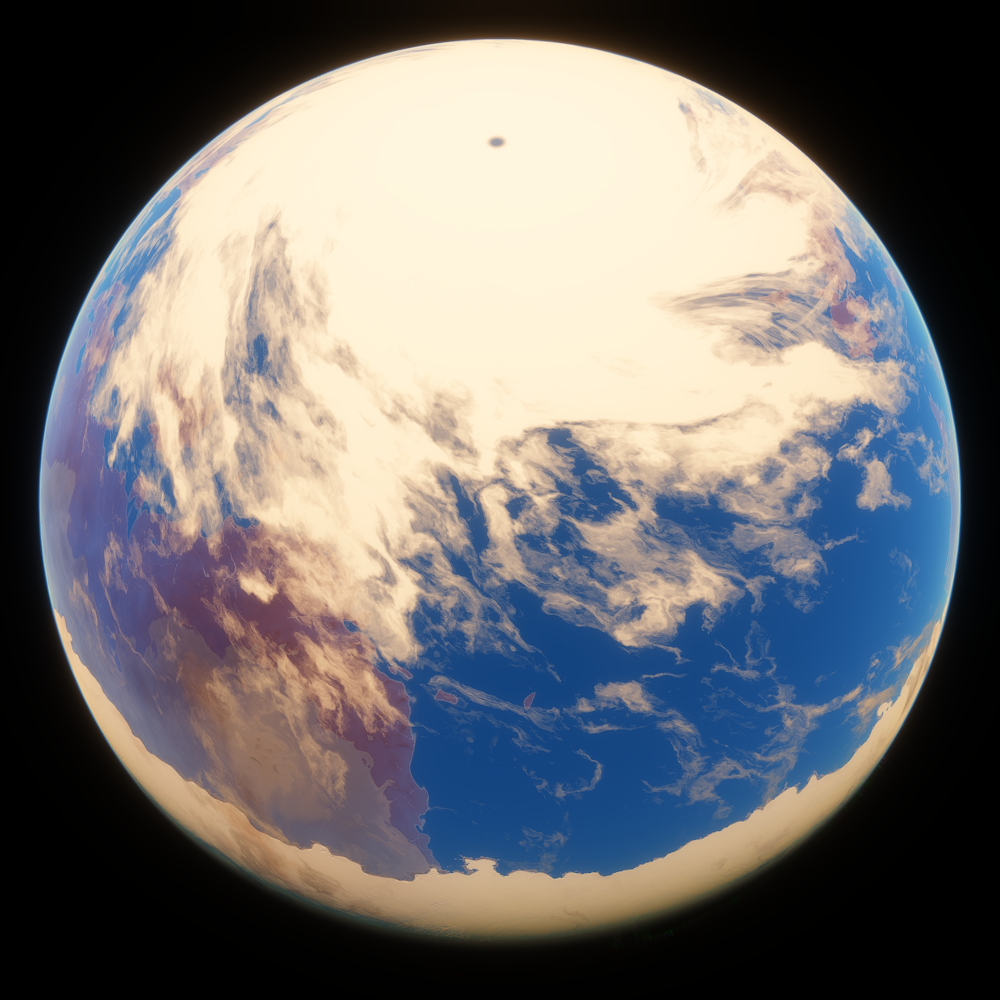Helios
✹ • • • • • • • ). ⦾. ⦾....
Barnard's Star, colloquially named Helios, is an ancient, low-mass red dwarf star with seven planets in its orbit, including the terran world Hemera, homeworld of the now-extinct skgri'i. It is the third-closest star system to Sol technology, the system is extensively inhabited by human and serves as a vitally important link in the interstellar transit network. Being Sol's closest link to the coreward region of sky, most Earthbound shipments from the region pass through here.
The Helios system is governed by the New Nations of Helios, a founding member of the United Nations of Humanity. The population is predominately human, most of whom have slight modifications to their genetic code that allow them to coexist with the biospheres of Hemera and Aion. The New Nations of Helios were named as such to honor the long-lost skgri nations that once governed the system, in whose footsteps the humans now follow.
Astrography
Location
The Barnard's Star system is close to the heart of known space, in the northern celestial hemisphere near the equator. It is closest to Ross 154 at just about five and a half lightyears, but also has jump links to Sol, Alpha and Proxima Centauri, Lampetia, Mireuk-Seokja, and Palkan.Structure
Barnard's Star is a solitary red dwarf with eleven planets: seven inner telluric worlds, one carbonaceous dwarf planet in the debris belt, and two outer nephelic planets, one of which is in a binary pair with a large tethian planet. SYSTEM OUTLINEBarnard's Star
- Alectrona* (s)
- Leto* (s)
- Aion* (s)
- Selene* (s)
- EosT* (tr)
- HemeraΔ*
- Cephalus* (mp)
- Aurora (station)
- AstraeusT* (d) {Helios Belt}
- Metis* (s)
- Aether* (n) + Achlys* (th)
- Ananke (n)
- Clotho* (e)
- Lachesis* (e)
- Atropos* (e)
- Adrasteia* (c)
Ecology
The Barnard's Star system, specifically the planet Hemera, is the origin point of the hemeragenid group of organisms, which is a very common form of life in known space thanks to the prevalence of skgri'i civilization.Archive Data
DESIGNATIONS
- GJ 699
- HIP 87937
- OHSE 31
- EZN 72
- KAZ 152
DEC +04° 41' 36"
DIST 5.95 ly






Comments